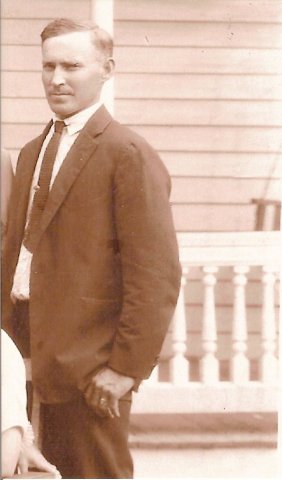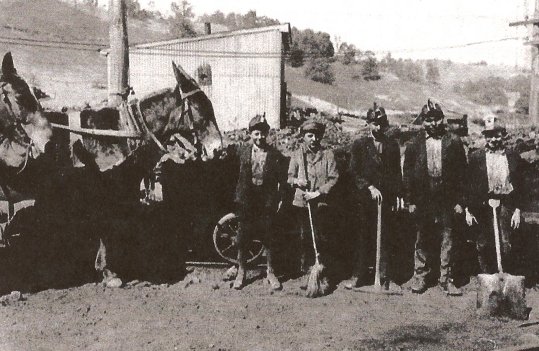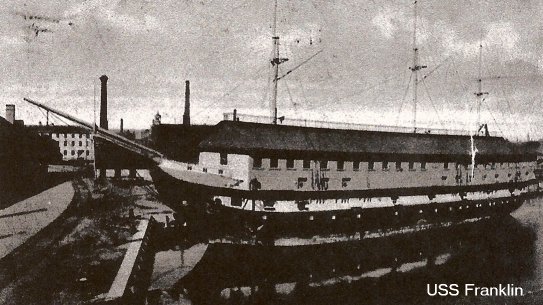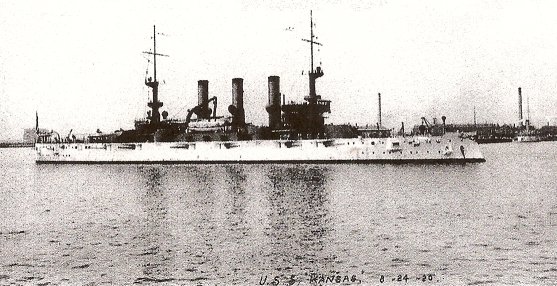The USS Kansas and other US Naval ships of this era were all part of "The Great White Fleet", which had participated in a 43,000 mile, 14-month circumnavigation in 1907, 1908 and 1909 that included 20 port calls on six continents; it is widely considered one of the greatest peacetime achievements of the US Navy.
You can read more about The Great White Fleet online.
When Carl and William arrived in Copenhagen, Denmark in May 1911, shore leave started. According to Carl, shore leave in Denmark was certainly a new experience. "The people dressed funny and you couldn't understand them at all. But then again, things were not all that different - you could still buy tobacco for your pipe, or a piece of fruit for some small amount of money the merchant would take out of the palm of your hand. The local inns would still serve you too much beer, which they called ale. Too much ale seemed to be a fix for the language barrier." The boys found out you can make friends with people you can't understand and the pretty ladies would almost always return a smile for a smile.
And so it was that Carl Williams of Webster County, Kentucky saw sites he never would have seen if he hadn't gone to St. Louis. He had sailed from Denmark to Stockholm, Sweden, then on to Kiel, Germany, and finally to Russia. Back home in the United States, Carl resigned from his shipboard job and boarded a train back to Kentucky. He had stories to tell that the local folks would never believe!



